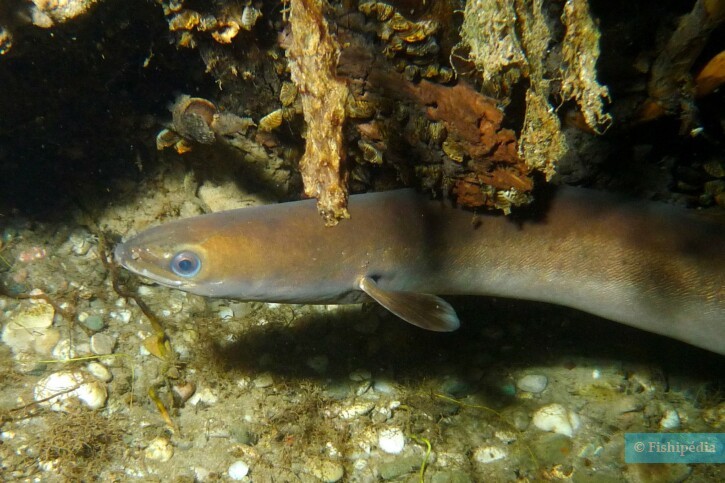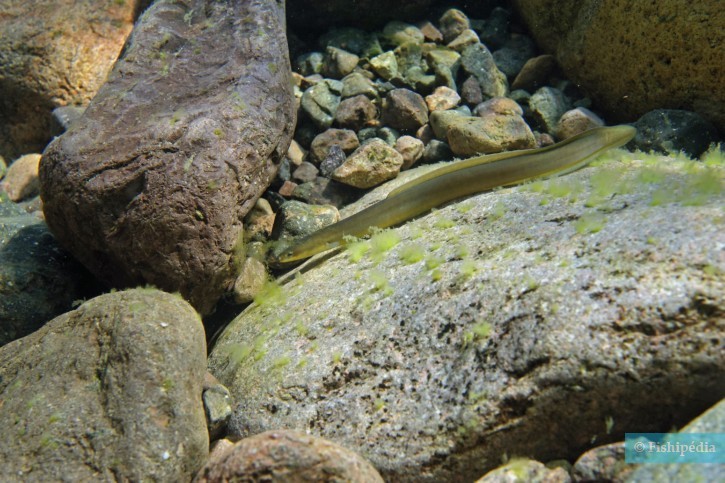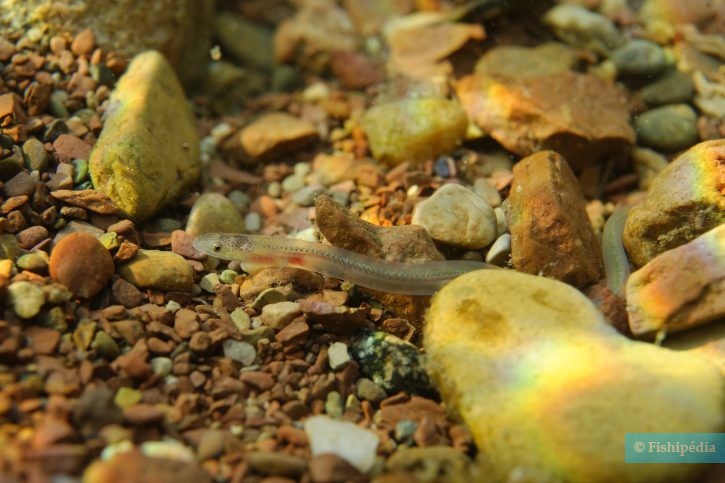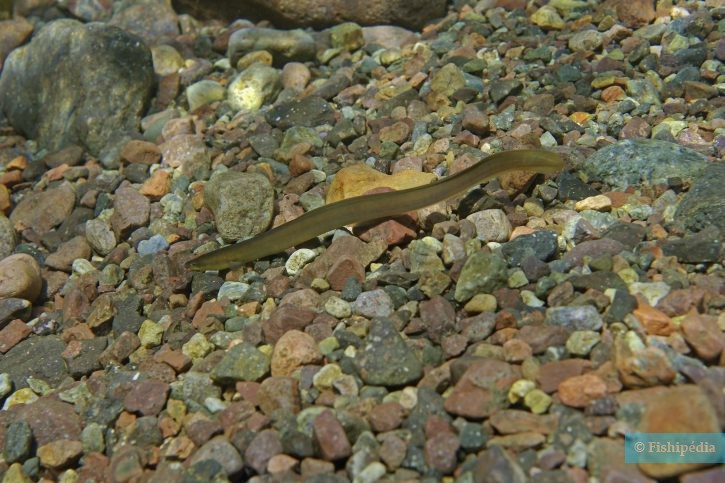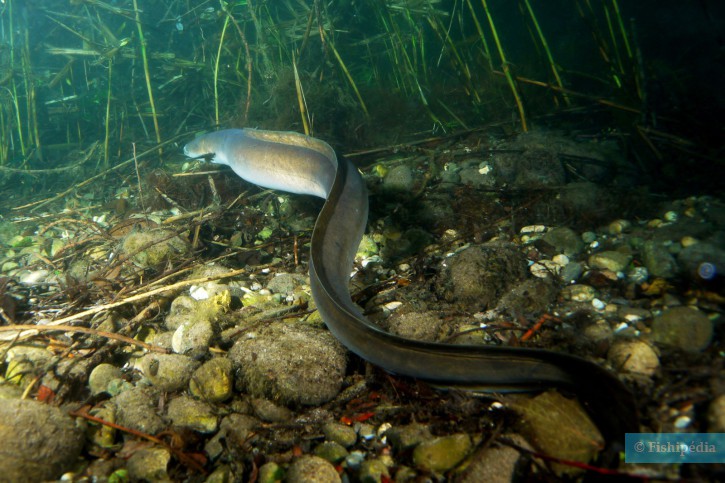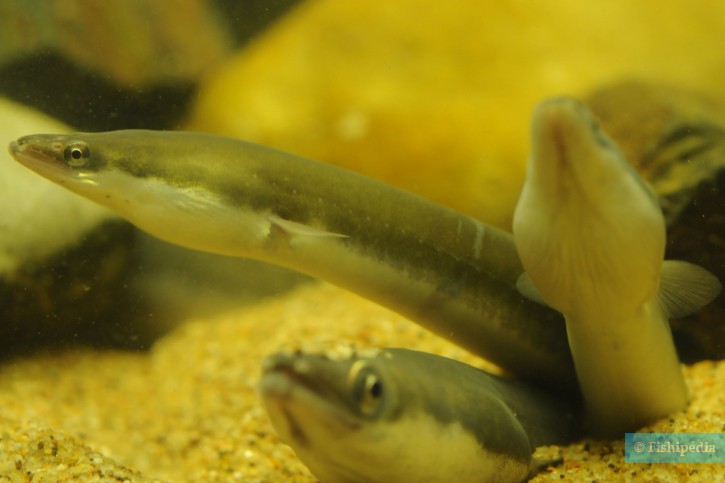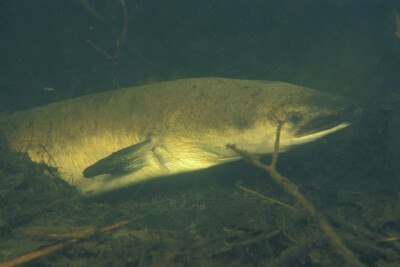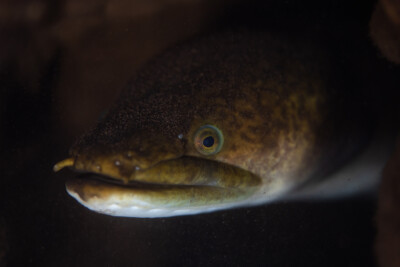european eel
| Scientific name | Anguilla anguilla |
|---|---|
| Descriptor | Linnaeus |
| Year of description | 1758 |
| IUCN category (World) | CR |
| Family | Anguillidae |
| Genus | Anguilla |


Introduction
Anguilla anguilla, more commonly known as European eel, is a freshwater fish native to Europe. Abundant until the 1980s, it has been severely affected by overfishing. It is considered a critically endangered species in France and worldwide.
Until the 1980s, the European eel accounted for over 50% of fish biomass. A longevity record of 85 years has been recorded in captivity.
Who is it?
Morphology
-
Average size50 cm
-
Maximum size150 cm
-
Longevity6 year
-
ShapeSerpentiform
-
Average size50 cm
-
Maximum size150 cm
-
Longevity6 year
-
ShapeSerpentiform
How to recognize This fish ?
The European eel has the particularity of developing through different stages:
- Larva "leptocephalus", where it resembles a willow leaf
- Glass eel, when it is transparent
- Yellow eel
- Silver eel, when reaching adulthood
Sexual dimorphism
The female is larger than the male, reaching up to 4 kg.
Behaviour & Life cycle
-
dietcarnivorous
-
Sociabilitysolitary
-
territorialNo
-
Way of livingnocturnal
As an adult, the European eel is an opportunistic predator, mostly piscivorous. To find areas with few competitors, it is capable of moving out of the water, crawling during humid nights with heavy dew.
Reproduction
-
Reproductionovipare oeufs flottants
The European eel is a "catadromous" species, meaning it grows in freshwater but reproduces in the sea.
It has the ability to withstand very strong changes in salinity. European eel reproduction takes place in the Sargasso Sea. Their return to freshwater occurs in the form of glass eels.
Some stages of European eel reproduction are still poorly understood. No eggs or spawning have been observed to date. A mature female was photographed at a depth of 2000 meters in 1997. It is believed that spawning occurs at depths exceeding 400 meters. It is likely that females die shortly after spawning.
After hatching, leptocephali are carried by the Gulf Stream to reach European coasts. They then metamorphose into transparent glass eels and head for estuaries. Some glass eels remain in marine areas.
Harmless species
This species does not represent any particular threats to humans when encountered in its natural environment.
Origin and distribution
Geographic distribution & Conservation
Due to overfishing (especially of glass eels during their upstream migration) and modifications to the European hydrographic network, the European eel has drastically declined since the early 20th century. It is a species protected by the Washington Convention and within the European Union (EEC Regulation 338/97 Annex 2/B).
The biomass of the European stock, as well as its recruitment, are currently at their lowest historical levels. The species is close to extinction. Juvenile recruitment has decreased by over 90% between 1970 and 2019. The reasons for the decline in European eel populations are multiple: overfishing, illegal fishing, habitat loss, water quality degradation (chemical pollution), diseases and parasites, river management (dams).
Conservation status of populations (IUCN)
What is its habitat?
Natural environment characteristics
-
Temperature2 - 22 °C
-
pH (acidity)7.2 - 8.2
-
gh (hardness)10 - 30
-
FlowStrong, Medium and Slow
Biotope presentation
The European eel can be found in almost all freshwater habitats, from rivers to gravel pits to lakes.
To go further
Sources & Contributions
Participation & Validation
The Fishipedia team and specialist contributors are committed to providing high-quality content. However, although the information comes from scientific sources or testimonials from specialists, the cards may contain inaccuracies.

Robert Allgayer

Patrick Chartrer

Benoit Chartrer
Translation
Translation done with the valuable contribution of our translators, who make this information available to a wider audience. We sincerely thank them for their commitment.
In collaboration with : Fédération Française Aquariophilie
Bibliographic references
Les Poissons d'eau douce de France - Eric Feunteun - Jean Allardi - Philippe Keith - Biotope Edition - 2011. Collection Inventaires & Biodiversité, publication scientifique du Muséum




